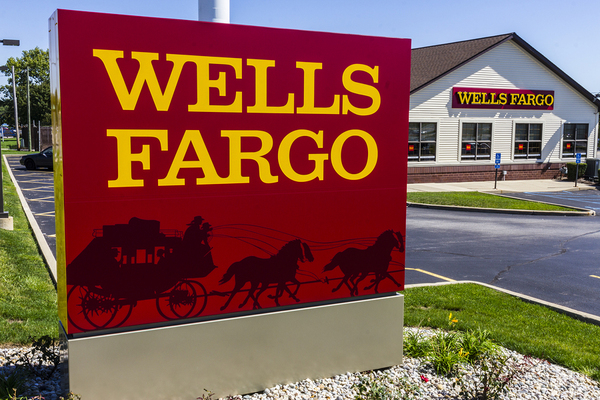View Sale Announcement Detail


Archived news
 Strategic risk stems partly from the extended period of low interest rates.
Strategic risk stems partly from the extended period of low interest rates. Irregular sales practices at Wells Fargo indicate a need for more governance.
Irregular sales practices at Wells Fargo indicate a need for more governance.Garnet Capital Advisors 500
Mamaroneck Avenue, Harrison, NY 10528
(914) 909-1000
info@garnetcapital.comGarnet Capital Advisors 500
Mamaroneck Avenue, Harrison,
NY 10528
(914) 909-1000